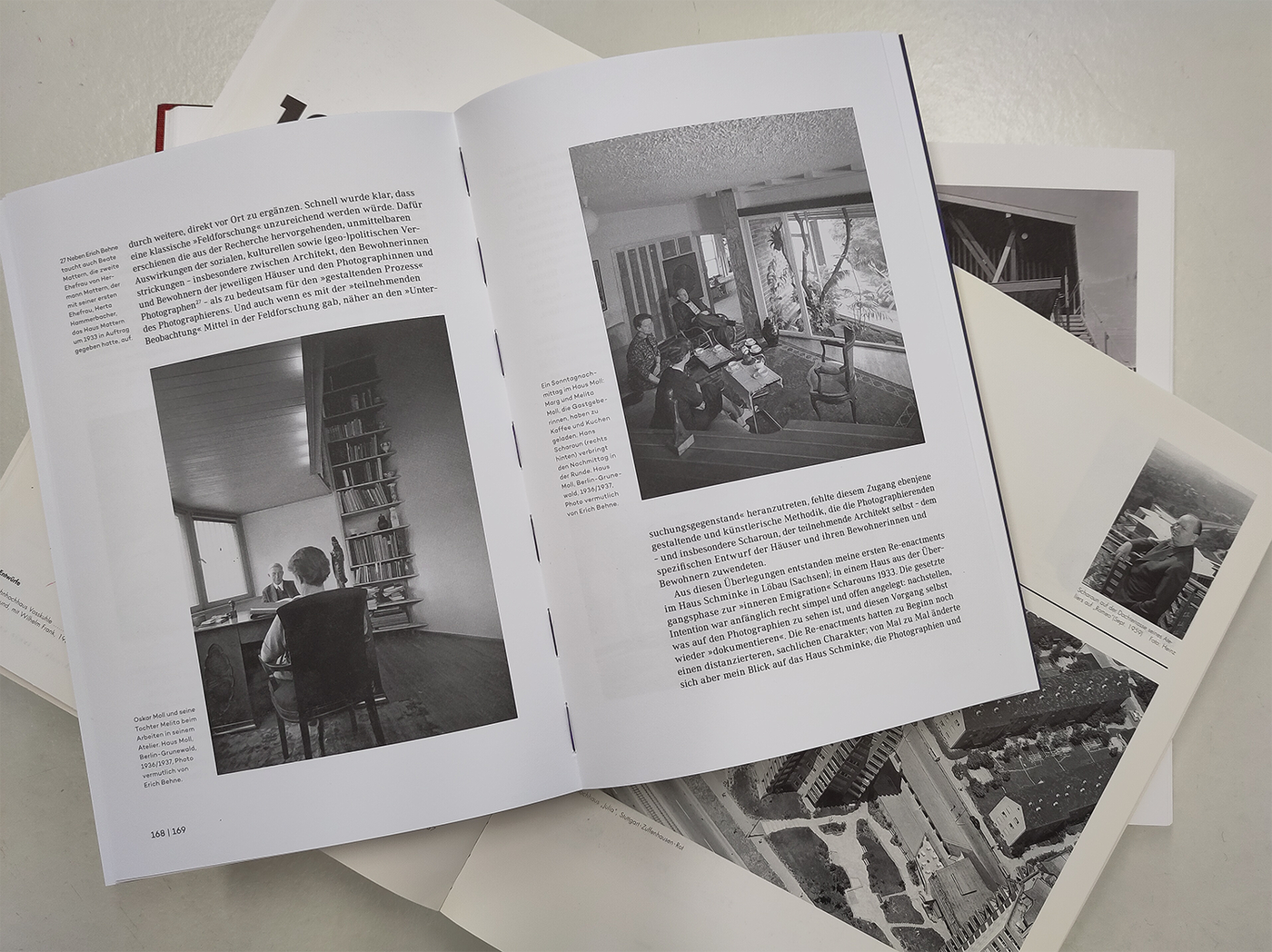Hans Scharoun (1893–1972): Building and Shaping Friendships and Communities
An Event at Haus Schminke. Guests: Waltraud P. Indrist, Sandra Meireis, Ulrike Tillmann. Moderation: Angelika Schnell
"What do we need for living?" ("Was brauchen wir zum Leben?") and "What do we desire for living?" ("Was wünschen wir uns zum Leben?"). These questions - though posed nearly 90 years ago - have not only retained their relevance; they are more relevant than ever. Posed by architecture critic Adolf Behne, they reflected on living in the architectural design of Scharoun's Haus Mattern (1932-34). In doing so, Behne clarified the field of tension in which Scharoun's conception of housing found itself: it was to be cost-efficient as well as functionally materialized, while at the same time balancing the relationship between the individual and society - hence, their respective needs.
On the one hand, Scharoun's architecture is embedded in the discourse of modernism, which was characterized by humanist to technicist ideas of social coexistence; the latter are currently returning in the form of (micro-)utopias. On the other hand, Scharoun's architectural design approach can be described by building and forming friendships and communities. This can be demonstrated in concrete terms, for example, by the performative architectural photography of Erich Behne on his houses of 1933-39, or is evident in the typological small-scale forms such as the "space of the middle," which Scharoun in turn realized, for example, in the high-rise residential buildings Romeo and Julia (1954-59).
The event takes the 50th anniversary of Scharoun's death as an opportunity to derive qualities and potentials for today's living from his understanding of architecture. There is probably no better place to do this than in a building designed by Scharoun: in the "living room" of Haus Schminke in Löbau. In doing so, the guests will provide aspects of the evening's topic in short inputs and discuss them in the moderated round.
The event is sponsored by Netzwerk Architekturwissenschaft e.V. with funds from the Sutor Foundation and the ZfBK - Zentrum für Baukultur Sachsen.
